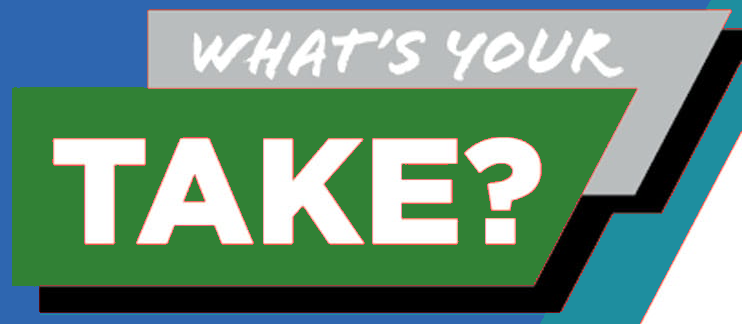
Today the long awaited scrum guide was finally released to the public. Ken Schwaber and Dr. Jeff Sutherland released the update to the Scrum Guide on the 25th Anniversary of the Scrum Framework . There are many changes that you need to know, however, don’t worry. The main idea is still the same.
The ideas of Scrum being a lightweight framework to solve complex problems and deliver value and a cross-functional team collaborating with one another and stakeholders to create valuable and useful Increments every Sprint still remains.
So, in summary, what has changed? Here is a list of things you will need to know if you are currently practicing scrum:
- Overall the language is simpler, and much of the terminology has been clarified.
- Software specific terminology has been replaced by more generic, industry inclusive terminology. To support this change, the section on “scrum uses” was removed.
- The terms “self-managing” and “self-management” have replaced “self-organizing” and “self-organization”,
- The wording of the definitions of empiricism and some of the artifacts has changed. In fact, the term “refinement” as relating to a product has almost been entirely removed.
- The idea of “commitments” have been introduced. Specifically, Definition of Done, Sprint Goal, and Product Goal. A new term, the product goal, was added. To support this new term, relationships between the product goal, the sprint goal, and the definition of “done” have been clarified.
- The scrum team now consists of a product owner, a scrum master, and developers. Hence, the people creating the usable increment are now called developers.
- “Roles” has now been replaced by “accountabilities“, therefore, the 3 accountabilities on a scrum team are the product owner, the scrum master, and the developers.
- The “entire Scrum Team is accountable for creating a valuable, useful Increment every Sprint., however, The Developers make the increment usable”.
- Scrum Masters are no longer considered servant leaders. Scrum Masters are now “true leaders who serve the Scrum Team and the larger organization”.
- A third purpose was added to Sprint planning: “Why is this Sprint valuable?” This is now the first topic of discussion.
According to the scrum.org website, “All Assessments and Classes will be based on the previous version (2017) through January 9th 2021.“
See: A specific, comprehensive list of differences between the scrum guide 2017 and the scrum guide 2020.


